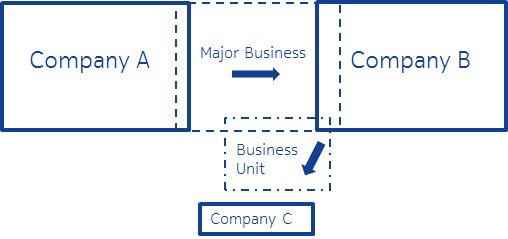Who Bears the Burden of Proof for IPR Estoppel? | Knobbe Martens
IRONBURG INVENTIONS LTD. v. VALVE CORP.
Before Lourie, Clevenger, and Stark. Appeal from the United States District Court for the Western District of Washington.
Summary: The patentee has the burden of proving that invalidity grounds not raised in a petition for inter partes review could reasonably have been raised.
Valve, accused of infringing Ironburg’s patent, asserted four grounds of invalidity before the District Court. Two of the four grounds were previously presented in Valve’s petition for IPR, which was instituted on other grounds but not instituted on the two grounds Valve later presented in the District Court. The other two of the four grounds were not previously asserted by Valve. The District Court held that Valve was estopped from asserting all four grounds of invalidity because each of the grounds were “raised or reasonably could have been raised” in the IPR, as stated in 35 U.S.C. § 315(e)(2). For the first pair of grounds of invalidity, the District Court relied on the recent Federal Circuit opinion in Cal. Inst. of Tech. v. Broadcom Ltd., 25 F.4th 976, 991 (Fed. Cir. 2022), which noted that issues asserted in a petition, though not instituted by the PTAB, were nevertheless “raised” in the IPR. For the second pair of grounds of invalidity, the District Court implicitly placed the burden on Valve to show that it could not have reasonably raised those issues in the petition. Specifically, the District Court found that Valve did not provide the requisite evidence to show that a skilled searcher would not have been reasonably expected to find the relevant pieces of prior art.
The Federal Circuit reversed and remanded with respect to the pair of grounds not previously asserted by Valve. The Federal Circuit held that the burden of proof to show that grounds of invalidity were raised or reasonably could have been raised in IPR falls on the patentee, as “the party asserting and seeking to benefit from the affirmative defense of IPR estoppel.” The Court noted that this is “consistent with the general practice that a party asserting an affirmative defense bears the burden to prove it.” Thus, a patentee like Ironburg bears the burden to prove that the underlying prior art that supports the invalidity grounds put forth by the patent challenger could have been reasonably raised during the IPR (e.g., because a skilled and diligent searcher could reasonably be expected to discover the relevant prior art).
The Federal Circuit affirmed the District Court’s decision with respect to the pair of grounds that were raised by Valve in its IPR (though those grounds were not instituted), relying on Cal. Inst. of Tech. The Federal Circuit also affirmed the District Court’s holdings regarding other challenged issues, including issues of indefiniteness, willful infringement, and damages.






